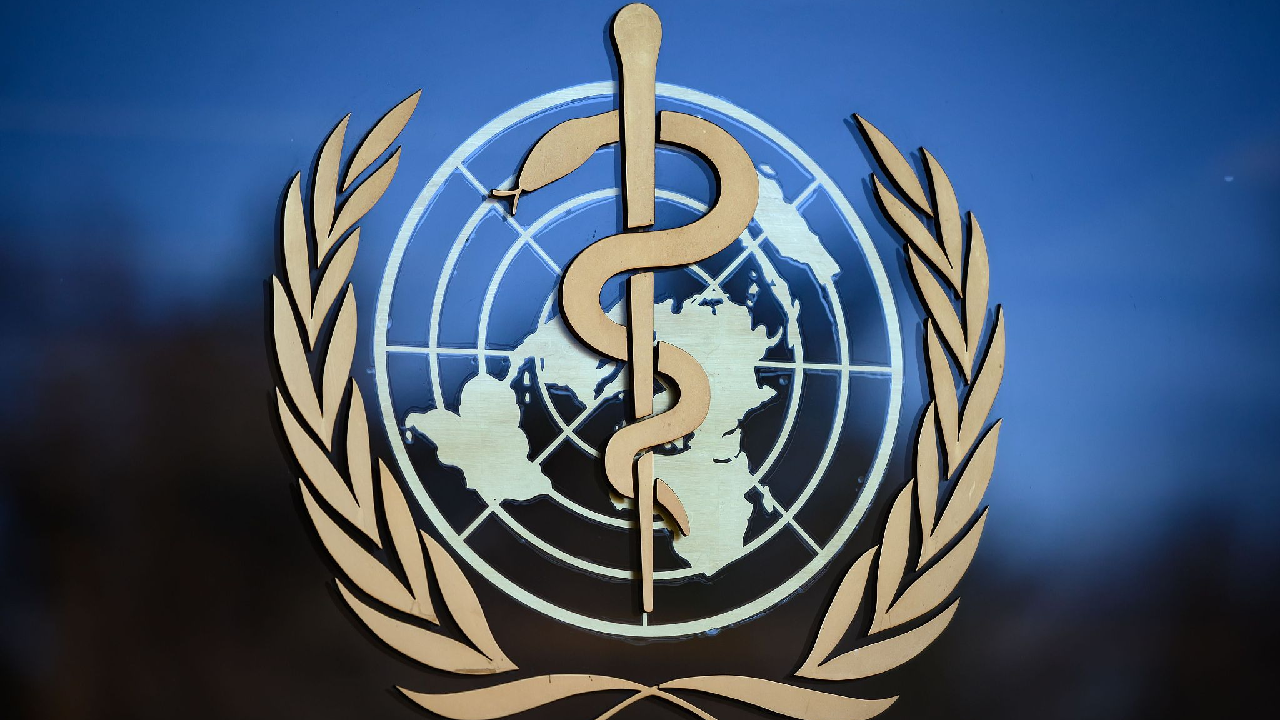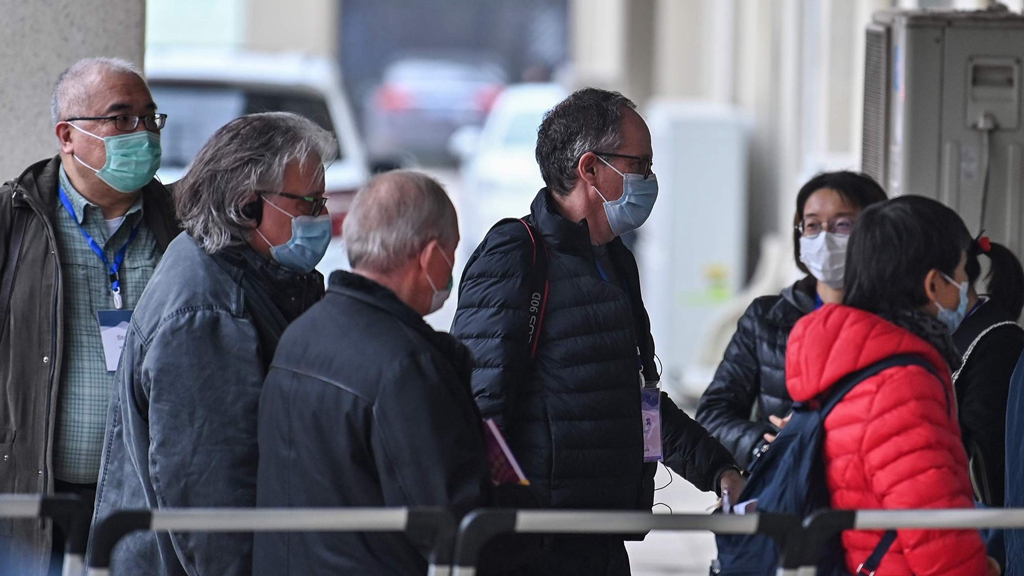
Editor's note: Stephen Ndegwa is a Nairobi-based communication expert, lecturer-scholar at the United States International University-Africa, author and international affairs columnist. The article reflects the author's opinions and not necessarily the views of CGTN.
Today, China has become renowned for its economic resilience and structural sustainability. Under the leadership of the Communist Party of China, the country has risen from a poor country to not only the world's second largest economy after the U.S., but also one of the top innovative economies since the reform and opening-up policy began in 1978.
But such success does not happen in a vacuum. It needs a healthy population to drive the other factors to optimize the production of goods and services. Therefore, the importance of health in the well-being of any country cannot be overemphasized.
The World Health Organization (WHO) position paper for building resilient health systems released on October 19 aims at guiding countries towards achieving universal healthcare. The paper has been released at an extremely critical time when countries globally are grappling with recovering from the COVID-19 pandemic and putting future safeguards in place to avoid the widespread escalation of diseases and health emergencies.
The paper appeals to governments to integrate universal health coverage and other health strategies so that no one is left behind in accessing quality care. In order to achieve the foregoing, it calls for countries "to take every opportunity to rebuild their health systems sustainably, more equitably and closer to communities."
The WHO's position paper lists seven policy recommendations to achieve the foregoing. This includes the use of current pandemic experience to "build back better" health systems, putting more resources to enhance the efficiency of the health sector amid mounting challenges and building a strong foundation for universal primary healthcare.
The policy paper also roots for research, innovation and learning to up the game in healthcare provision, and leveling the playing field in accessing health for all, particularly marginalized and vulnerable populations. Poor health is a liability to economic growth since it compromises the quality and quantity of labor.
The WHO has set the policy paper as a guide towards the achievement of the International Health Regulations (IHR) (2005) and the achievement of the health-related Sustainable Development Goals (SDGs), both of which spell out global health standards and expected health outcomes necessary for human development, respectively.

Members of the WHO team visit a local community in Wuhan, Hubei Province, central China, February 4, 2021. /CFP
Members of the WHO team visit a local community in Wuhan, Hubei Province, central China, February 4, 2021. /CFP
Experts now see uncanny similarities between the WHO policy paper and China's approach to public health as an essential element of human rights. A Working Paper titled, "Universal Health Coverage: The Case of China" published by the United Nations Research Institute for Social Development (UNRISD) in November 2014, explores the ways in which China "transformed its inadequate, unjust health care system in order to provide basic universal health coverage (UHC) for its people" in less than a decade. The Paper notes that despite being a developing country with a population of 1.4 billion, the country has managed to extend a basic health safety net to more than 95 percent of its population.
WHO's seven policy recommendations are a condensed form of China's UHC strategy as espoused by the UNRISD. The country's healthcare policy is based on recognizing the problems and diagnosing their root causes, fiscal infusion, setting priorities and policy formulation, prioritizing prevention, reform of public hospitals, public investment in public health services and, production, pricing and distribution of essential drugs.
China's UHC strategy also appreciates the fact that the country is in a global village and it has an obligation to contribute to the achievement of International Health Regulations (2005) and health-related SDGs. And, by strengthening its national capacity in UHC, China contributes immensely to the total picture in a similar way its eradication of poverty drastically reduced the incidence of global poverty.
According to the UNRISD, the SARS outbreak of 2003 was the watershed moment that transformed the way China managed its healthcare system. The Chinese government took the opportunity to intervene in the crisis after grappling for years with market failures in healthcare provision.
There is a growing trend involving advocacy and appeals for countries to cooperate more in healthcare provision. For instance, in September WHO urged international bodies to resume the stalled health funding to Afghanistan after the interruption from U.S. final withdrawal. Still, in September, the European Commission launched the Health Emergency Preparedness and Response Authority to coordinate $35.3 billion to assess potential health threats, promote research and ensure production and storage of emergency supplies. In August, the Africa Centers for Disease Control and Prevention said only by strengthening the resilience of Africa's public health systems would the continent be protected from future health shocks like COVID-19.
Currently, China's exemplary fight against the COVID-19 pandemic both at national and international levels has helped to restructure many public health systems. The health measures for the diagnosis, prevention and treatment of the pandemic have been used worldwide as a best practice in healthcare provision. This includes its vaccine cooperation around the world, particularly with developing countries. By sharing its experience, China is contributing to the global efforts against the COVID-19.
(If you want to contribute and have specific expertise, please contact us at opinions@cgtn.com.)

